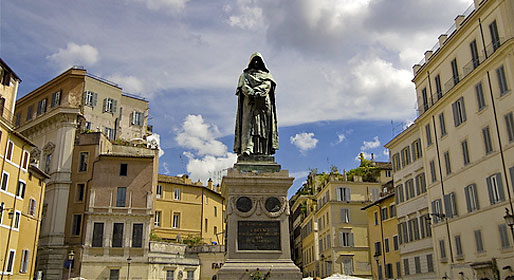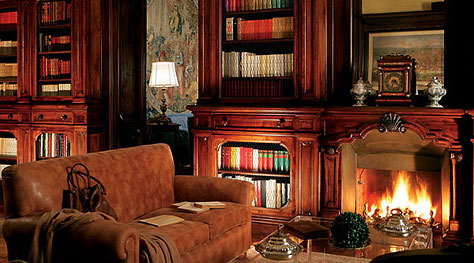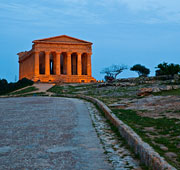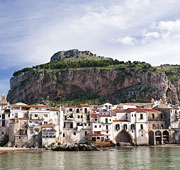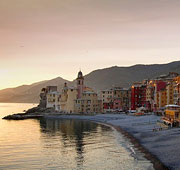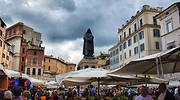Tevere & Trastevere
Rome's most vibrant districts all follow the flow of the river traversing the heart of the Italian Capital.
Ponte Sisto: its here, on the bridge which links the Italian capital's two liveliest zones, Trastevere and Campo dei Fiori, that this journey discovering life on Rome's riverbanks commences.
Campo de' Fiori
In the evenings, Campo de' Fiori heaves with the crowds of young people who habitually gather beneath the statue of Giordano Bruno, all apparently oblivious to the hooded figure of the great Renaissance philosopher and poet towering above them.
Early each morning, the piazza is transformed in market (the oldest in Rome), packed with colorful stalls brimming with fruit, vegetables and flowers.
Trastevere and Porta Portese
We access Rome's Trastevere district via Piazza Trilussa, in which Lorenzo Ferri's statue of the famous Roman dialect poet takes pride of place. From the piazza, a tangled web of little lanes and alleyways wind their way through Trastevere, past any number of lively little bars, pubs and bistros.
Often open until late in the evening, the Roma In Trastevere Museum is the perfect place where to learn about life in the capital city during the 18th and 19th centuries
Museo di Roma in Trastevere
Art and reconstructions of 18th and 19th-century Rome.
Get your tickets now!
Trastevere's main square is named after the Basilica of Santa Maria in Trastevere, believed to be one of the oldest churches in Rome. The exterior of the church might be impressive, but nothing compared to the magnificent 13th century mosaics inside.
Those choosing to attend the Sunday morning service, might easily decide to follow an hour of devotion with a shopping spree at the nearby Porta Portese market, the largest flee market in Rome, if not the whole of Italy.
Rome's river island
Heading back to the banks of the Tiber, we get out best view of the boat-shaped Tiberina island from the Garibaldi Bridge.
The enormous edifice which rises up at the center of this island in the middle of the river, is none other than the Fatebenefratelli hospital.
In the hot summer months, on the island and along the river banks, dozens of dehors are opened, serving refreshments to tourists and locals.
Not to be missed: a cup of Rome's famous grattachecca crushed-ice drink.
Bocca della Verità and Circo Massimo
Just a few meters from the islet of Tiberina, in the area of the ancient Boario Forum, lies one of Rome's most-loved tourist attractions: the Bocca della Verità, or Mouth of Truth. This enormous round stone, sculpted so as to represent the head of a faun, dates back to the 4th century B.C..
Be careful: legend has it that liars who dare to place their hand within the gaping mouth of the faun, will be bitten!
From the Bocca della Verità, we walk just a few hundred meters so as to reach the Circo Massimo, an ancient Roman arena which once boasted a capacity for as many as 250 thousand spectators.
The arena was used to host Imperial games, horse races, even full scale naval battles. Today the Circo Massimo still functions as events venue, providing a spectacular location for high profile concerts and theatrical performances.
Circo Maximo Experience
Take a VR trip back into Ancient Rome at Circo Maximo.
Get your tickets now!
Testaccio and the Cestia Pyramid
Following the course of the river once more, we cut across Lungotevere Aventino so as to reach Piazza dell'Emporio, where there was once a port of the same name. The square marks the entrance to Testaccio, another of the Italian capital city's most lively districts, all the more so in the evenings.
Monte Testaccio is an ancient Roman spoil heap composed almost entirely of fragments of old amphorae - in latin Testae, from which the district takes its name
Not far from here is Caio Cestio's impressive funeral monument - the Egyptian inspired Cestia Pyramid, dating back to 20 B.C..

